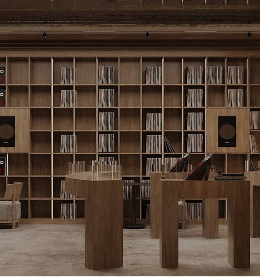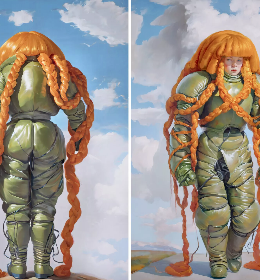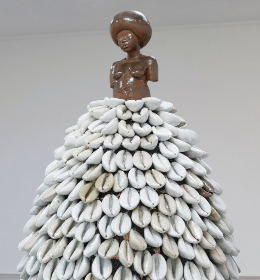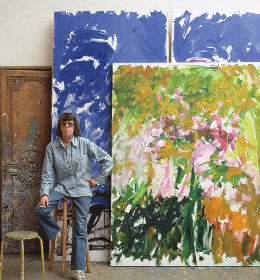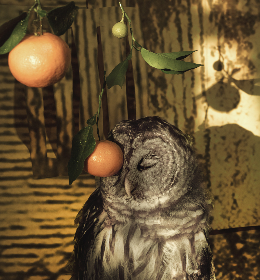The list consists of a variety of figures, from critics to artists, to dealers and directors, even to social movements, who have been selected by 30 international experts for their impact on the type of art being created in the past 12 months.
Germany continues their winning streak, as gallerist David Zwirner takes top spot, demoting last year’s #1, German artist Hito Steyerl, to #4. With a gallery empire stretching across London, New York and Hong Kong, Zwirner sits in a highly privileged position and has demonstrated impressive reflection on his consequent responsibilities; at a conference earlier this year, when it was suggested that giant ‘mega-galleries’ could threaten the stability of the art ecosystem, he proposed that art fairs should impose a ‘tax’ on the biggest galleries to subsidise their smaller counterparts. The weight of this man’s words is apparent, as Art Basel (directed by #24, Marc Spiegler) announced just such a policy. Zwirner’s influence expands over the Power 100 too, as Kerry James Marshall – biting at his heels in spot #2 – is represented by the gallerist, as is Wolfgang Tillmans (#11) and Yayoi Kusama (#16).

David Zwirner and gallery partners (2011)
James Marshall’s skyrocket from #68 to #2 and to the most influential artist on the list is demonstrative of this year’s focus on race. In his lyrical depiction of black bodies, the painter radically rebukes the whitewashing of art history and, after Sean Combs (P. Diddy) bought one of his works at auction for $21.1m, is the most expensive living black artist. Power 100’s #8 is one of James Marshall’s earliest supporters, curator Thelma Golden, recognised for her efforts to raise the profile of black artists. Meanwhile two newcomers make their debut: Pamela Joyner, owner of the largest collection of African-American art in the world, takes spot #36, and Fred Moten’s work in black studies earns him a spot in the top ten (#10). The whole list features a total of 16 newcomers.
In terms of ethnicity, the 2018 list is slightly disappointing in its reverting to a white individual in #1 spot. There is, however, a continued shift in power from traditional European and Northern American hubs thanks to Sheikha Hoor Al-Qasimi (#37) and Bangladeshi collectors-cum-art fair organisers Nadia and Rajeeb Samdani (#63). From the other corner of the globe, Pablo León de la Barra champions South and Central America at #88, whilst Manila-based curator Patrick D. Flores makes his debut at #97. Furthering the ethnic diversity of the list are newcomers Cao Fei (#41), the Chinese artist praised for her use of digital media, and Ute Meta Bauer (#81), Director of Singapore’s Centre for Contemporary Art.

Eyal Weizman — image via Frieze
The highest ranking of the debutants is particularly impressive, as #MeToo claims spot #3 as the first movement ever to enter the list. Beyond inspiring the high-profile accusations against art world figures such as Riyas Komu and Knight Landesman, the viral international movement denouncing sexual harassment also “changed the prevailing climate in which curators are appointed, prizes awarded and exhibitions framed”. Marking a year of challenging society and politics through art, American artist Jenny Holzer takes #100, for her commitment to confronting power and the adaptation of her maxim, “Abuse of Power Comes as No Surprise”, by pressure group We Are Not Surprised. The top 20 includes Eyal Weizman (#9), recognised for his Turner Prize-nominated collective Forensic Architecture’s work investigating crimes by state bodies; and iconic photographer Nan Goldin (#18) for her campaign against the Sackler family, whose company Purdue Pharma she blames for the Opioid Crisis.
This year’s list, whilst showing minor improvement, still falls far short of gender equality. Of the top 10, just 27% are female, compared to 38% of the whole list. Although this shows a marginal increase from last year’s 36.5%, progress is painfully slow, as female representation takes a hit with both the coveted #1 position and the highest-ranking artist both going to men.
The full list is available via Art Review’s website.
Katy Cross





